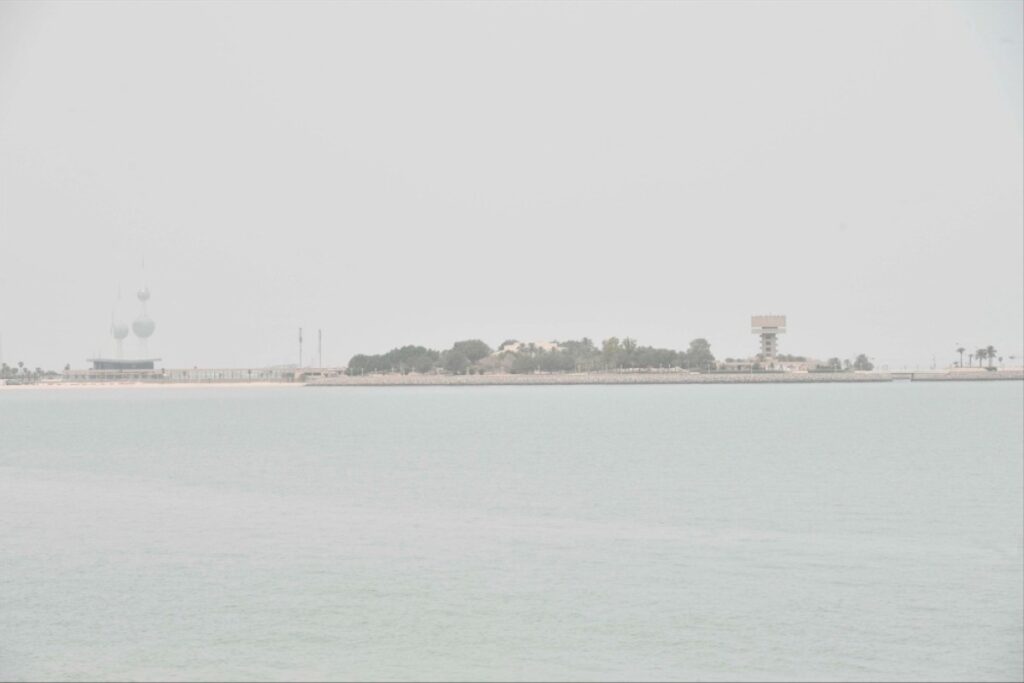KUWAIT: Kuwait frequently experiences hazy weather, a condition characterized by suspended fine dust and particles in dry air that significantly reduce horizontal visibility. According to the World Meteorological Organization, haze is classified as an atmospheric impurity. Acting Director of the Meteorological Department Dherar Al-Ali, told KUNA on Sunday that haze consists of a mix of substances such as fine sand, pollen and certain minerals affected by rust or erosion, with variations depending on geography.
He explained that haze often appears brown or gray, resembling light fog locally called “Al-Marikh”, though differing in composition and humidity. Haze is considered common in desert and semi-desert regions. Al-Ali noted that meteorological reports show haze occurs in Kuwait on more than 290 days a year, most frequently in May and July. The phenomenon is mainly driven by strong dust-raising winds and extreme dryness that prevent particles from settling.


KUWAIT: Blurry and unclear skies due to haze. – KUNA photos


Human activities such as construction, excavation and the use of building materials also contribute, alongside natural causes such as dried riverbeds, lakebeds and clay lands (sabkhas), where very fine sand particles are easily lifted by moderate winds, especially under high temperatures that fragment soil and intensify the effect.
On health and environmental impacts, Al-Ali warned that haze elevates concentrations of fine particulate matter (PM10 and PM2.5) in the air, affecting the respiratory system and increasing hospital emergency cases, particularly among asthma and allergy patients due to lower air quality. Authorities recommend precautionary measures during haze episodes, including staying indoors when possible, using high-filtration masks such as N95, avoiding outdoor exercise, and following official weather bulletins via meteorological apps or media outlets.
Al-Ali added that Kuwait’s Meteorological Department is working to enhance early warning systems, update numerical forecasting models, and strengthen cooperation with health, environmental, and media institutions to safeguard citizens and residents from the risks associated with this phenomenon. — KUNA

